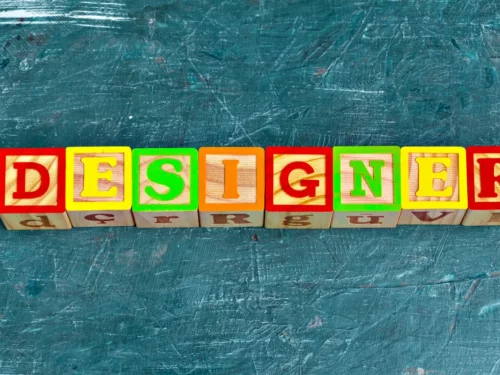
HTTP status codes play a crucial role in indicating the outcome of a request. Among these, the HTTP 204 No Content and HTTP 302 Found status codes hold significance, both in terms of their technical implications and their impact on SEO (Search Engine Optimization).
In this article, we’ll delve into what these status codes signify, how they affect SEO, how to address them effectively, and provide real-world examples for better understanding.
Understanding HTTP 204 No Content Status Code:
The HTTP 204 No Content status code is returned by the server to indicate that the request has been successfully processed, but there is no content to send in the response payload. Essentially, it informs the client that the request was received and understood, but there is no new information to return.
SEO Impact of HTTP 204 Status Code:
- The HTTP 204 status code does not typically have a direct impact on SEO, as it simply signifies a successful request without any content changes.
- However, if a website frequently returns HTTP 204 responses for important content pages, it may affect crawlability and indexability, potentially leading to a negative impact on SEO.
How to Fix HTTP 204 Status Code:
- Ensure Proper Content Generation: Check that the server is properly generating and returning content for relevant requests.
- Review Application Logic: Verify that the application logic is correctly handling requests and generating appropriate responses.
- Avoid Unnecessary 204 Responses: Only return HTTP 204 status codes when there is a legitimate need to indicate the absence of content
Understanding HTTP 302 Found Status Code:
The HTTP 302 Found status code is used to indicate that the requested resource has been temporarily moved to a different location. It instructs the client to issue a new request to the URL specified in the “Location” header of the response.
SEO Impact of HTTP 302 Status Code:
- The HTTP 302 status code can have a significant impact on SEO, especially if used incorrectly or excessively.
- Search engines may treat temporary redirects as permanent changes, leading to confusion and potential loss of ranking for the original URL.
How to Fix HTTP 302 Status Code:
- Use Permanent Redirects for Permanent Moves: If the resource has been permanently moved, use a 301 Moved Permanently status code instead of a 302 Found.
- Minimize Redirect Chains: Avoid creating long chains of redirects, as they can slow down page load times and dilute link equity.
- Ensure Consistent URL Structure: Maintain consistent URL structures to avoid the need for frequent redirects.
Conclusion:
In conclusion, understanding the implications of HTTP 204 and 302 status codes is crucial for maintaining a healthy website and preserving SEO rankings. By addressing these status codes promptly and effectively, web developers can ensure a seamless user experience and enhance their website’s visibility in search engine results.
EvenDigit
EvenDigit is an award-winning Digital Marketing agency, a brand owned by Softude (formerly Systematix Infotech) – A CMMI Level 5 Company. Softude creates leading-edge digital transformation solutions to help domain-leading businesses and innovative startups deliver to excel.
We are a team of 70+ enthusiastic millennials who are experienced, result-driven, and hard-wired digital marketers, and that collectively makes us EvenDigit. Read More




